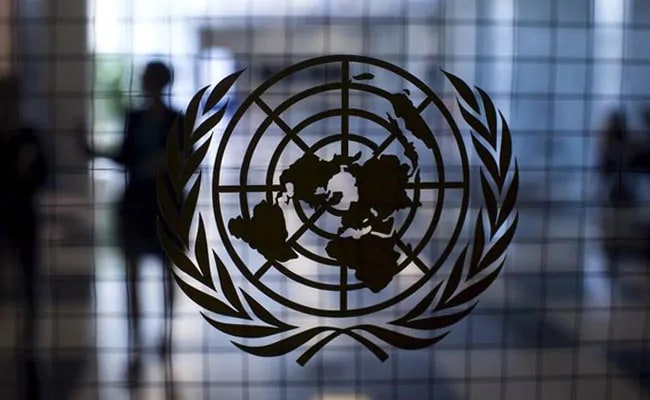What is being seen is a reverse trend. India too has gone for military build-up, expansion of logistic capabilities and troop mobilisation, including artillery, close to the LAC. As the Army moved battle tanks to remote points and created a mountain strike corps, a Chinese response was expected.

P Stobdan
Former Ambassador
Following the Galwan stand-off, India is sending massive reinforcements to fortify eastern Ladakh at places like Demchok, Dongti, Chumar, Daulat Beg Oldi and Galwan Valley. Out of the 857 square kilometre long border in Ladakh, only 368 square kilometer is international border (IB) and the rest of the 489 square kilometre is the Line of Actual Control (LAC).
The two traditionally disputed points included Trig Heights and Demchok. At eight points, the two sides have differing perceptions — Samar Lungpa, 176 sq km; Depsang Plains, 972 sq km; Hot Spring, 38 sq km; Changlung, 13 sq km; Kungkala-Phobrang, 5 sq km; Sarjap, 129 sq km; Spanguur, 24 sq km; and, Dhumtsele, 25 sq km.
China has raised additional points of dispute at Pangong Tso over an area of 83 square kilometre and at Chumur, where it claims 80 square kilometre .
Small incursions on an average of 250-300 times annually are common across the 3,488 km long de facto border, mostly in Ladakh, but it is rare for either country to set up camp so deep within the disputed territory. The Army’s spin has been that they are not intrusions, but transgressions that occur due to ‘differing interpretation of the border’. As Army chief General MM Naravane said, they are short duration standoffs that normally take place during the summer months when new units conduct familiarisation operation of winter-vacated posts, and are managed locally by a set mechanism.
India and China have several CBMs in place, including military hotlines to avoid face-offs along the LAC. The 2013 Border Defence Cooperation Agreement (BDCA) was to serve as a template to boost military interface and resolve incidents locally. China wanted LAC tensions not to affect bilateral ties, India wanted more ‘predictability’ for the ties to grow.
Clearly, these de-escalatory measures seem not to be working. This author had doubted whether the BDCA was not yet another deception and tactic of denial that followed the Depsang incursion.
Of the nine, only Article VI — not to tail each others’ patrols — was relevant for tackling real-time incidents. Article II related to the movement of nomadic herders. But the pact hasn’t stopped new incidents as China continued consolidating its presence in the disputed areas.
But the BDCA didn’t cover the risk arising from infrastructure upgrade. This author foresaw the risk of BDCA’s failure due to India’s rather belated zest to boost border infrastructure to match China.
What is being seen is a reverse trend in the de-militarisation process post-Depsang episode. India too has gone for military build-up, expansion of logistic capabilities and troop mobilisation, including artillery units, close to the LAC. As the Army moved battle tanks to remote border points and created a mountain strike corps, an equivalent Chinese response was anticipated. The Indian Air Force too reactivated its old airfields and advanced landing grounds (ALGs), landing C-130J-30 Super Hercules aircraft.
In fact, a shift in India adopting a more ‘assertive posturing’ to ‘interdict’ Chinese troops came in 2014. This led to increased frequency of face-offs from once or twice a month to almost daily. Having been used to browbeat the Indian Army in the past, the PLA is perhaps surprised by India’s swift counter build-up and firmness at the commander’s flag meetings. The area from Demchok up to Kailash and Lipulekh (Nepal tri-junction) was snatched from Ladakh by the 5th Dalai Lama in the 1650s.
Since the 1990s, the PLA followed in the Dalai Lama’s footsteps and encroached on the 45-kilometre long Skakjung pastureland (Demchok-Kuyul) sector where the nomad Changpas took Rebos for winter grazing. The area sustained 80,000 sheep/goats and 4,000 yak/ponies besides over 75,000 quintals of dry forage tama worth Rs 10 crore every winter.
Until not so long ago, Ladakh’s border lay at Kegu Naro — a day-long march from Dumchele, where India had a forward post till 1962. In the absence of activities, the Chinese in the 1980s built roads, buildings and trading posts to supply goods to the Indian smugglers.
China claims some 150 square kilometre in Demchok. The PLA has built massive infrastructure on its side and moved armoured troops into Charding Nalla since 2009. The PLA follows the nomadic Rebo routes for patrolling in contrast to the Indian authorities restricting Rebo movements that led to massive shrinking of pastureland and border defence.
A major incident erupted in Demchok in 2014 simultaneously with the Chumur stand-off when the local authorities built a small irrigation canal at Nilung Nalla under the NREGA scheme. The PLA then mobilised Tibetan villagers from Tashigong to pitch Rebos at Charding-Ninglung Nallah (CNN) Track Junction to protest the Indian action.
Tibetan nomads pitched tents on Hemis Monastery’s land in 2018-19. Intentions seemed to be to capture Demchok to integrate with the Kailash-
Manasarovar complex. China’s assertion has grown after it built infrastructure in the Ngari area to develop Kailash-Manasarovar into a tourist complex.
In Chumur, China claims 80 square kilometer. A crisis at Tibli erupted in September 2014 — during Xi Jinping’s visit to India — when Chinese workers entered at 31-R point to build a road up to Tible inside the IB. China probably wants a straight border from PT-4925 to PT-5318 to bring the Tible Mane (stupa) area under its control. The Chinese wanted the Indian Army to remove a storage hut near the Zero Border. The stand-off was resolved after the tin structure of the 77 Brigade was removed. Remember, the PLA demanded removal of India’s fortified positions in Burtse (2013), Demchok and Chumur (2014) for its retreat. All this while, the Chinese were used to India’s lax attitude, but its stepped up construction activities is now perturbing them.
Despite topographical challenges, corruption and scams, the BRO has lately fast-tracked the 260 km long Shayok-DBO road construction that probably provoked the PLA intrusion in early May, triggering the current Galwan stand-off. Tension at LAC this time is unlikely to move like at Depsang in 2013, Chumar in 2014 and Doklam in 2017 that momentarily impacted the India-China ties.
The issue this time seemingly overrides the LAC dispute. A major shift has unfolded after abrogation of Article 370 and 35A when Beijing had an outburst over making Ladakh a Union Territory — a move China described as ‘unacceptable’ undermining its ‘sovereignty’ — even raising it at the UNSC. India termed Ladakh’s new status an ‘internal matter’ having ‘no implication’ for the LAC status, but China’s response was strategic. Ladakh has been upgraded to UT status, but a drift there is not desirable.
Meanwhile, India’s strategic intent has become firmer — to reclaim the entire PoK, including Gilgit-Baltistan, in accordance with the February 1994 resolution unanimously passed by Parliament.
The Survey of India’s new official map depicting Gilgit-Baltistan and Aksai China within the UT Ladakh boundary and the most recent subtle but significant move by the IMD to include areas in PoK and Gilgit-Baltistan in its daily weather forecasts, starting May 6, is a new development in the high Asian geopolitics.
The change came days after the Pakistan Supreme Court permitted the federal government to hold elections in Gilgit-Baltistan. New Delhi cautioned Pakistan against bringing material changes in the occupied areas of the Indian territory of J&K. Clearly, we are likely to enter a period of uncertainty — a shift that may have a lasting imprint on geopolitics.
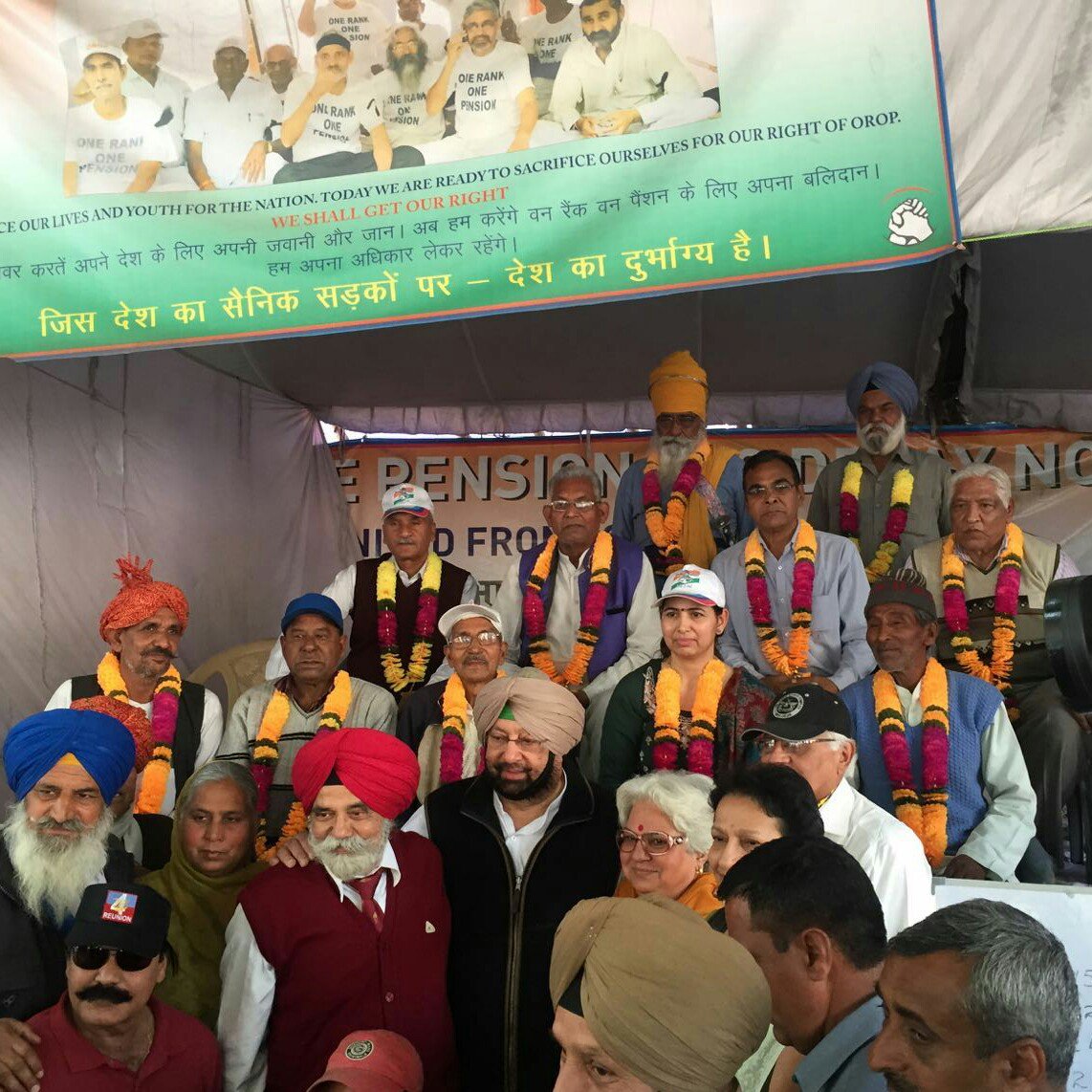












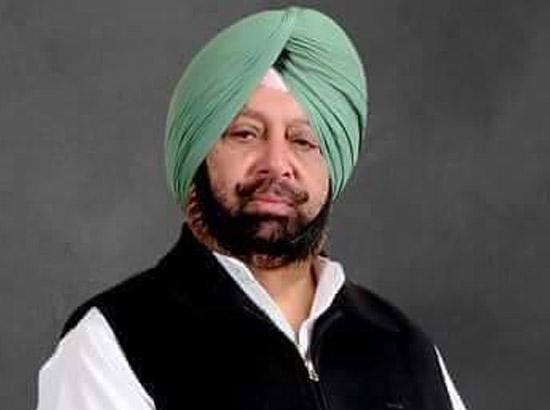

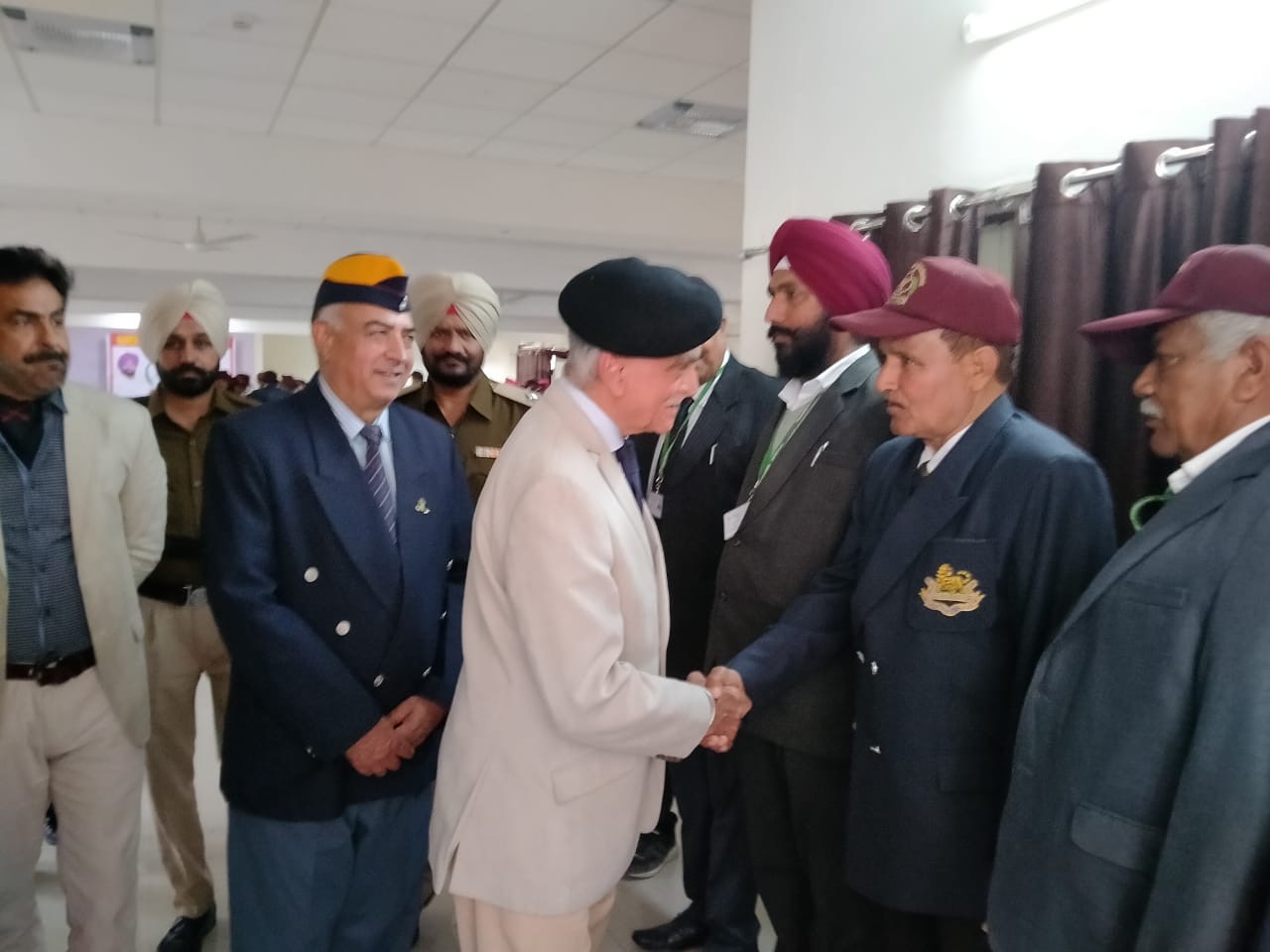
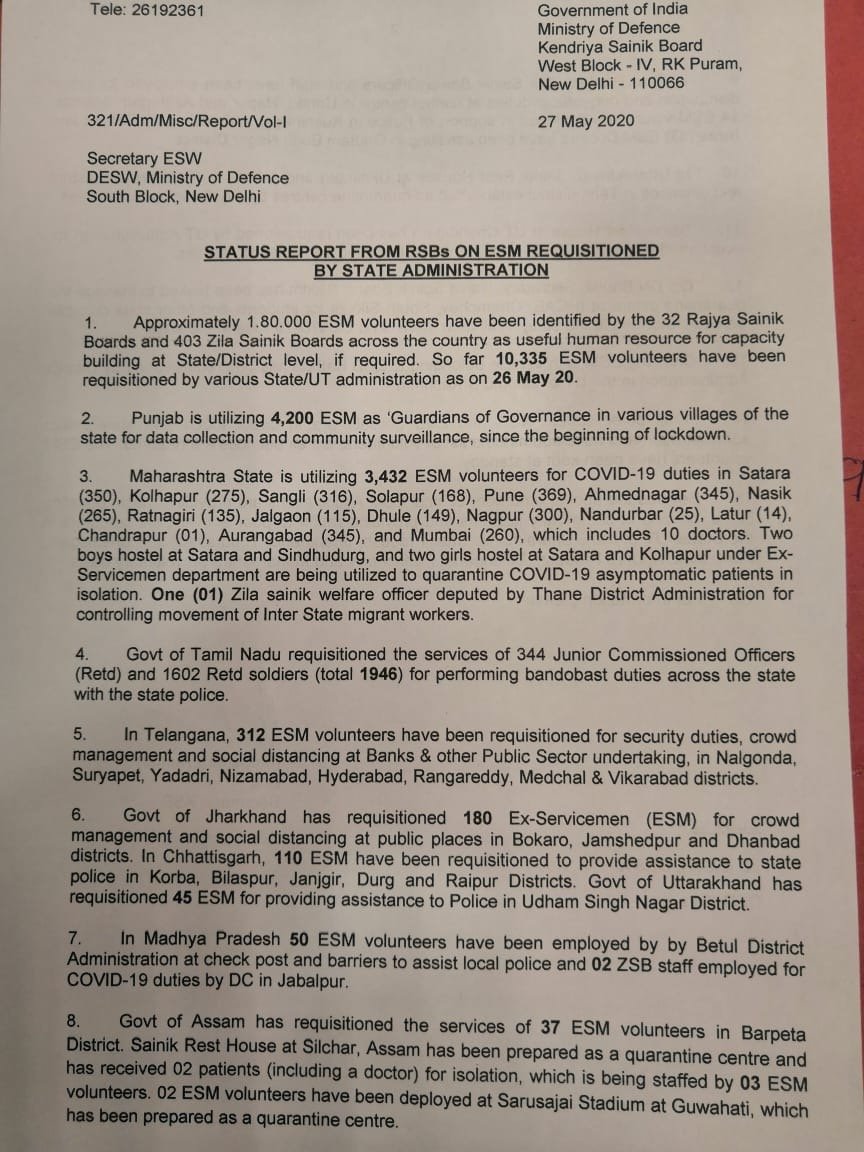
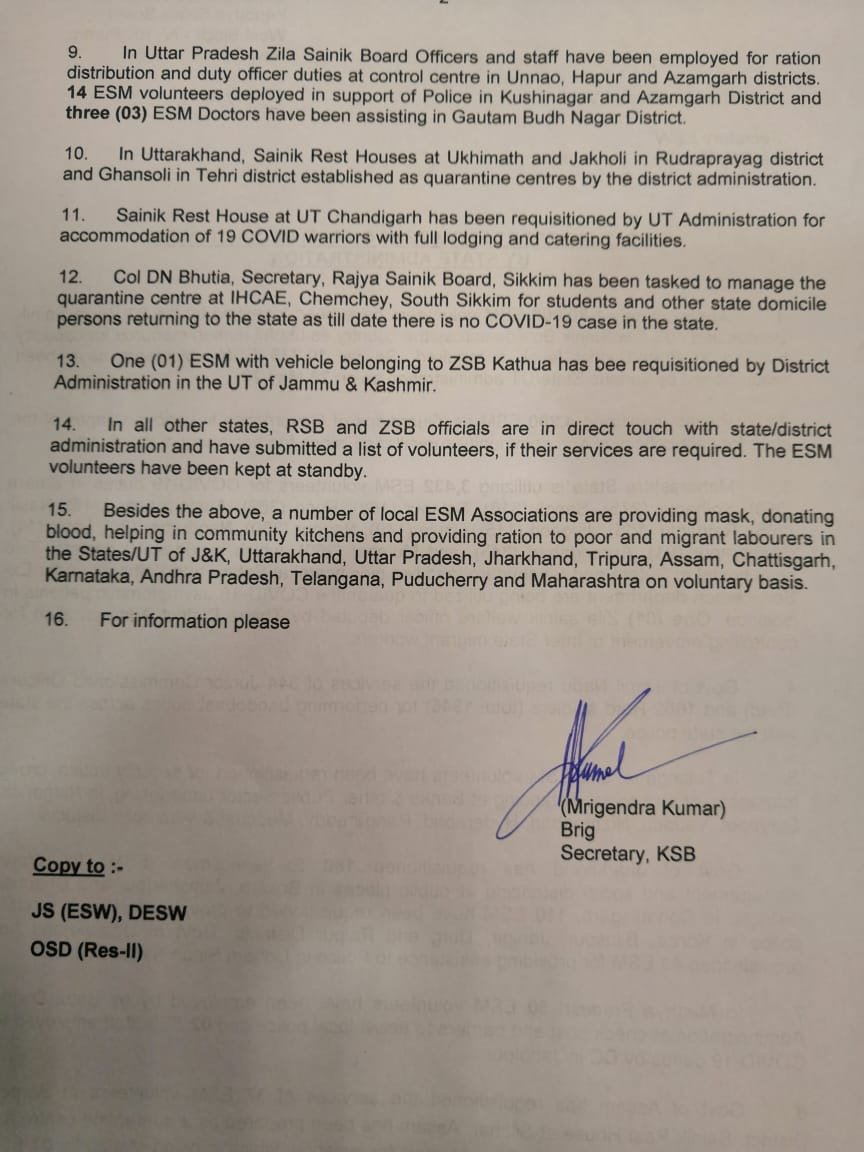
.jpg)

